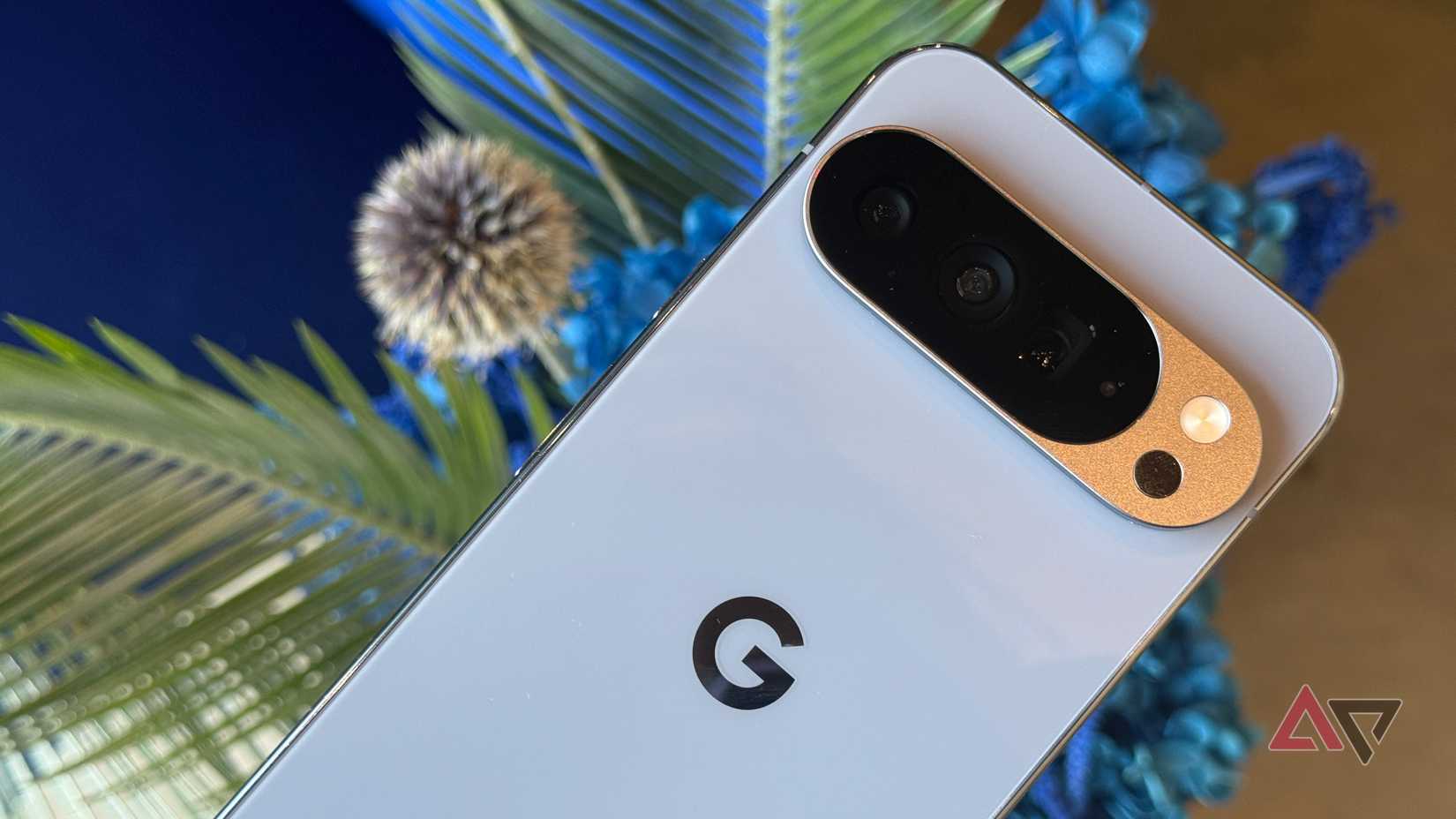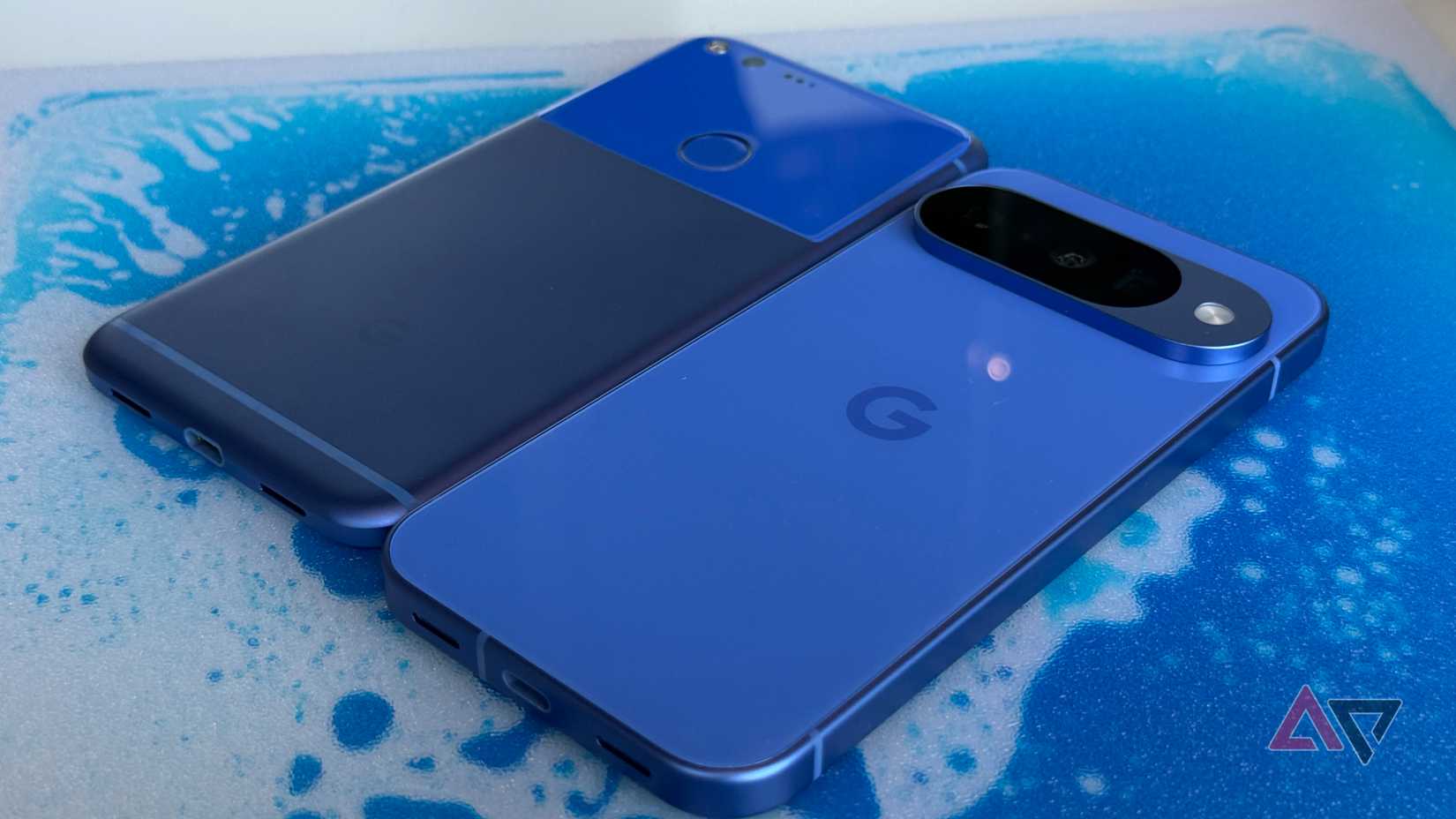I was annoyed when I heard the Google Pixel 10 wouldn’t support physical SIM cards. It makes my job as a tech journalist more difficult, and I’ll be calling my carrier and swapping SIMs back and forth for the next month.
I understand my situation isn’t the norm, but there are plenty of reasons eSIMs aren’t ideal for consumers.
It’s even more disappointing that Google doesn’t care.
The Pixel 10 isn’t a phone meant for enthusiasts, and the company figures casual users barely know what a SIM card is, let alone care they no longer have one.
It’s wrong, and whatever benefits Google claims are added by removing the SIM tray, they don’t outweigh the negatives. Here’s why.
You’ll always need approval to use your Pixel 10
You never fully own your phone
I’ve activated two eSIM phones for upcoming reviews, the Google Pixel 10 and Pixel 10 Pro XL. Both resulted in chats with AT&T customer service to resolve technical support issues.
For the Pixel 10, I was transferring a line that was currently using a physical SIM. I punched in the number I wanted to transfer and the IMEI number of the new device.
After several minutes, I was told the swap couldn’t be completed online, and I needed to have it done in-store.
Thankfully, I knew this was nonsense and started a chat with tech support immediately.
Within 20 minutes, I had my Pixel 10 activated, but if I didn’t know any better, I would’ve wasted a trip.
There are also design benefits, although I don’t see many of them in action on the Pixel 10.
Setting up my Pixel 10 Pro XL was more alarming. I started the process again, but I was locked out online.
AT&T informed me that I had an overdue balance, which prevented me from completing the eSIM swap.
I was a bit confused, as my due date was today — I had no overdue balance. I pulled up tech support for a second time, and the issue was resolved in 30 minutes, but I don’t like what it means.
I don’t recommend that people make a habit of not paying their phone bill, but it highlights how you’re at the mercy of your carrier.
If there’s an emergency and something happens with your device, the carrier can refuse to swap over your eSIM or commit errors like it did with me.
eSIM limits choices
Not every carrier supports eSIM
Support for eSIMs isn’t as dodgy as it used to be, but there are still some smaller MVNOs with spotty support.
Low-cost carriers are the most limited, and eSIM-only devices make searching for the best deal more challenging.
Google’s decision to switch to eSIM in the United States disproportionately benefits carriers, as you’re less likely to go through the hassle of moving your number around and signing up with another company.
It’s even more frustrating because it’s by design. Google knows it can appease carriers and take away a physical SIM tray because casual users won’t mind.
Google isn’t aiming the Pixel 10 at enthusiasts — we learned that last year with the Pixel 9 series. The company wants to look good against an Apple iPhone on carrier store shelves, and the strategy is working.
It’s unfortunate that eSIM will eventually become the future, as I wish it would make it easier for people to switch carriers and save money.
eSIM has a place, just not as the only solution
There are legitimate reasons for it
I’m not completely against eSIM compatibility on smartphones. If you live in a rural area, it’s a lot easier to get your phone activated, saving you a long journey to a carrier store.
It’s also helpful as a secondary SIM for overseas travel. Instead of looking around for a SIM card in another country, you can get an eSIM and be on your way.
There are also design benefits, although I don’t see many of them in action on the Pixel 10.
Removing the SIM tray allows for a thinner design, and it also makes water resistance easier.
Unfortunately, the Pixel 10 series phones aren’t any lighter or thinner, so that can’t possibly be the reason we’re without a SIM tray this year.
Still, eSIM works better in support of a physical SIM rather than in place of it.
You can’t fight City Hall
I understand why Google removed the physical SIM from the Pixel 10, but I still don’t like it.
Yes, casual users will never worry about it, and most people won’t feel hindered. However, there are still a number of people who will be, and it’s unfair of Google to hand over more control of our devices to carriers without our consent.

- SoC
-
Google Tensor G5
- RAM
-
12GB
- Storage
-
128GB / 256GB
- Battery
-
4970mAh
- Operating System
-
Android 16
- Front camera
-
10.5 MP Dual PD selfie camera
This striking-looking addition to the Pixel line offers a slew of Gemini features, an x5 telephoto lens, and seven years of updates, making this a smartphone that will last you a while.
Source link




